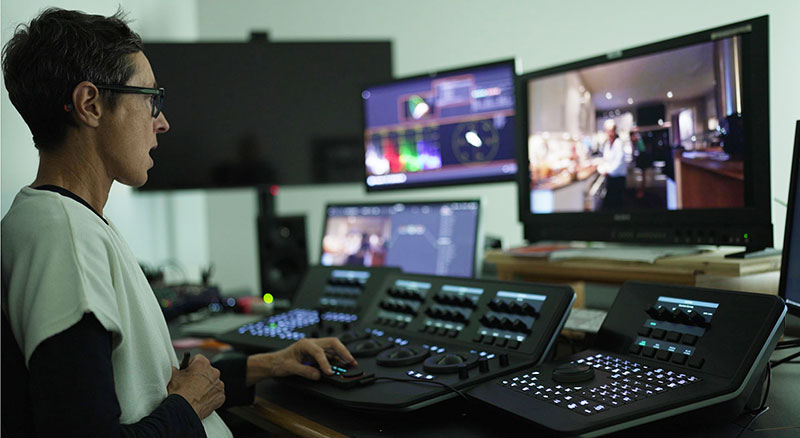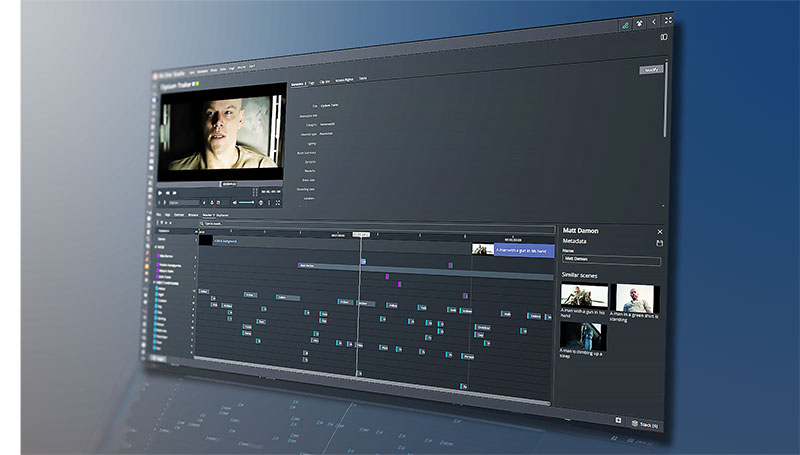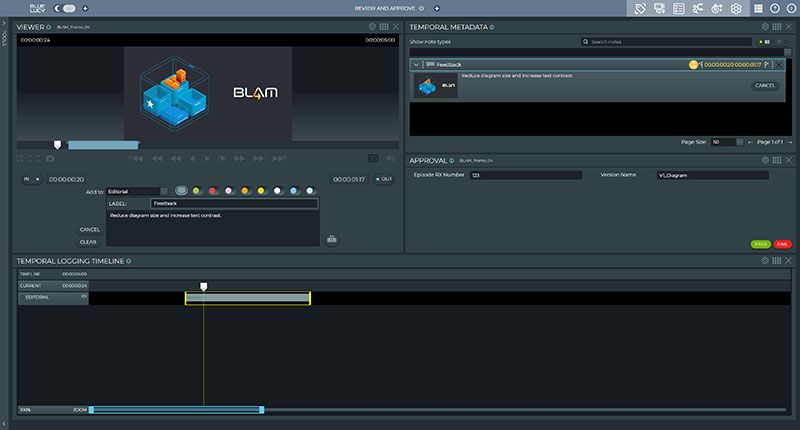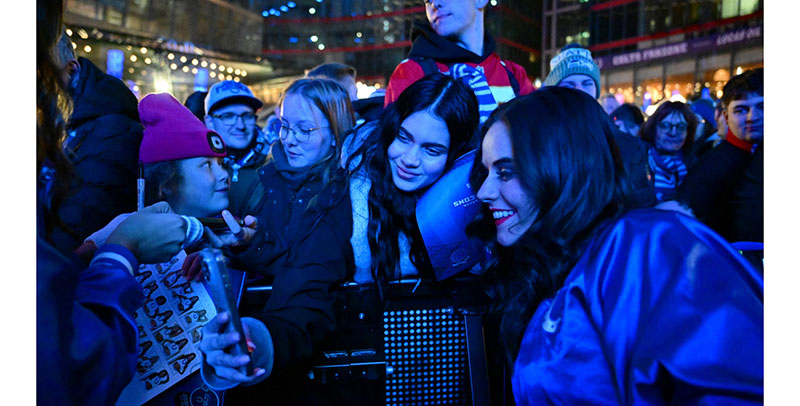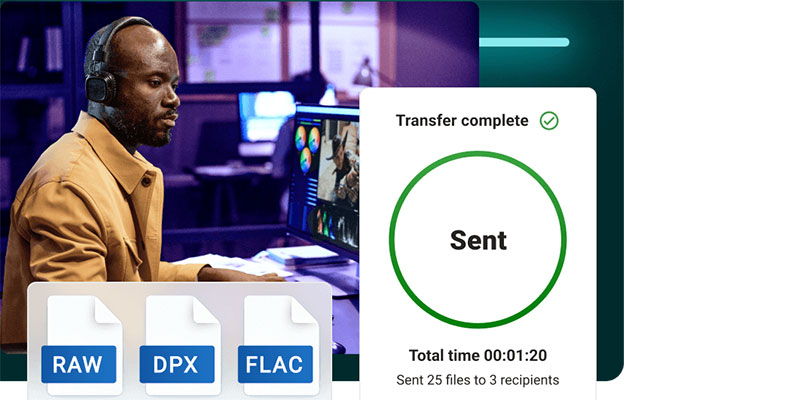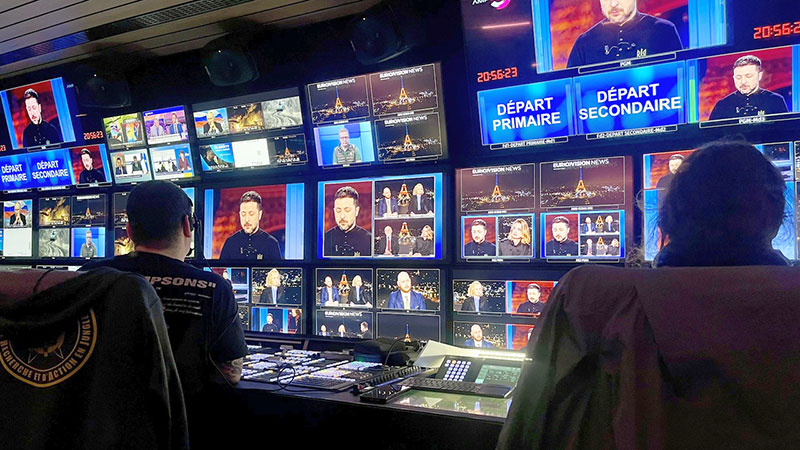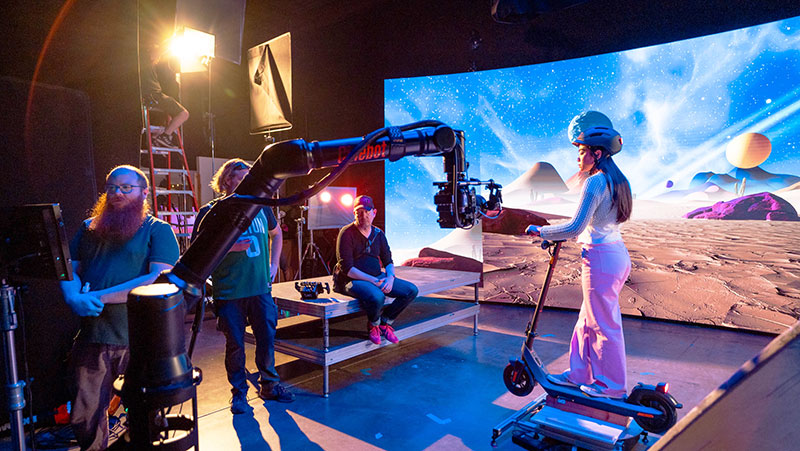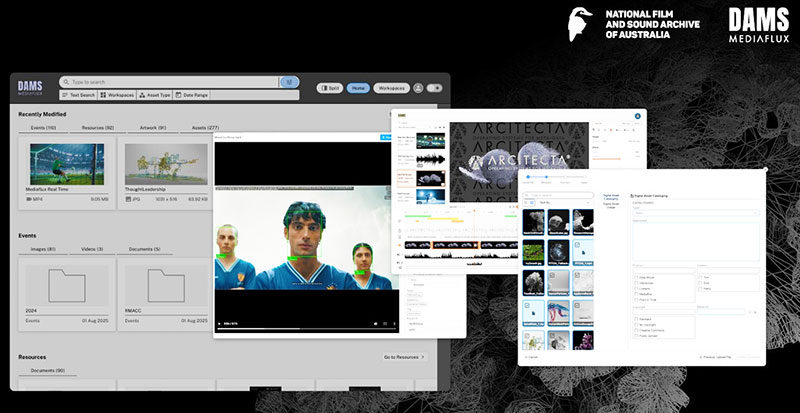The transition to cloud services, remote production, virtual graphics and optimised connectivity for live broadcast create an interactive, approachable election night experience for audiences.

Photo by Clay Banks on Unsplash
Since the last US election, advances in broadcast technology have transformed the delivery and consumption of election night coverage. Developments in real-time data processing, remote production, augmented reality and cloud-based workflows are improving speed, accuracy and interactivity for broadcasts.
These innovations enable broadcasters to quickly present results, build engaging visual displays and produce richer analytics and compelling storytelling for audiences. As a result, the upcoming US election night is likely to be a widely accessible experience across many platforms for millions of viewers worldwide.
Representatives from four manufacturers share their insights here on the upcoming US election.
Visualising the Results
Due to advances in graphics systems, virtual production, workflow automation and data integration, broadcast production has evolved to make election results more interactive and allow broadcasters to tell more effective visual stories. Boromy Ung, Senior Director, Product Management – Graphics with Ross Video adds that tools like XPression have changed how broadcasters present political analysis, making data more meaningful by making it easier to understand and engage with complex information.
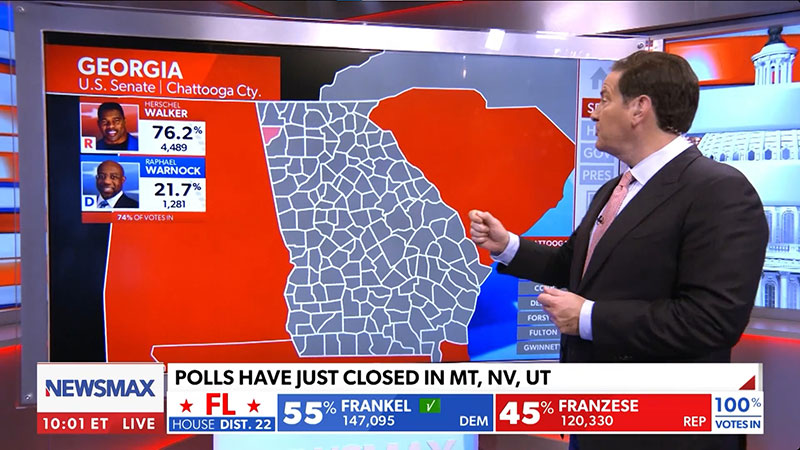
Ross Xpression
For instance, XPression Maps Touch is a more dynamic way to explore real-time election results, showing updates by region. Paired with tools like XPression Elect-It, a tool that creates data-driven visual elements, visualising data informs the audience better. Automating workflows and improvements to templating helps broadcasters quickly deliver election content across multiple platforms to meet the needs of different audiences.
“Broadcasters are now using augmented reality (AR) and virtual graphics to bring more creativity to election coverage,” Boromy said. “With these technologies, they can create varied, interesting presentations in virtual environments without relying on physical sets. Broadcast presenters can dive deeper into election stories, present information more clearly, and make the graphics come to life in the studio.”
Language Matters
Tim Jung is CEO of XL8, developers of cloud-based translation services MediaCAT and EventCAT, supplied via the Zixi protocol and ZEN Master control plane. He noted how several streaming platforms and public broadcasters are adopting interpretation tools to connect with diverse audiences, as demand is rising to reach a broader representation of the voting public.
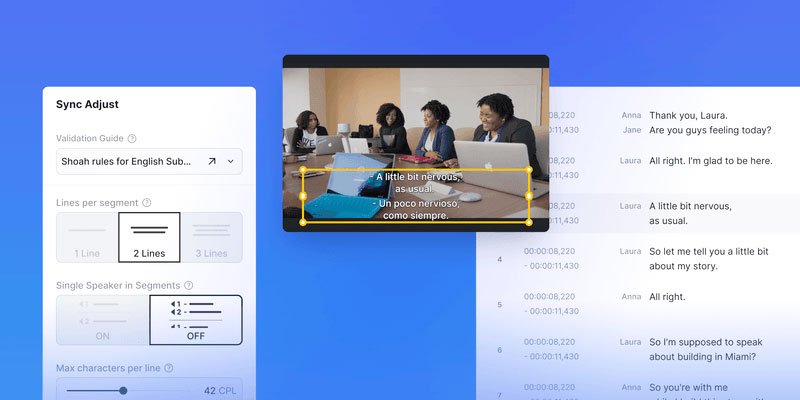
XL8 MediaCAT real-time interpretation
AI-powered real-time translation, subtitling and interpretation methods are helping to break down language barriers and create connections within multicultural communities. The goal here is to develop a more inclusive, informed experience for everyone. Broadcasters can now cater to non-English speaking viewers, ensuring they can fully participate in and understand critical moments. Viewers can immerse themselves further in the process.
Reliability and Continuity of Service
Underlying these newer tools, reliability and continuity of service remain the key factors for election coverage. Neil Butterfield, Director of Sales for Latin America at Globecast, and Steven Bacon, Owner of the broadcast engineering/production company BlaCon Media, a Globecast partner, talked about their experiences during live coverage of the recent Democratic and Republican national conventions, which are integral to the electoral process in the US.
ENG crews were on-site capturing news feeds and staging interviews with the major party figures and convention delegates, as well as holding on-the-street interviews that brought a range of views to the topics.
In order to deliver diverse, contribution quality content across multiple streaming protocols and platforms, infrastructure for live broadcasting must be specifically designed for low latency and high reliability. To establish reliable signal delivery for the conventions, Globecast’s Media Center, using NeXt Generation (GCxN) and backbone fibre (GCBN) networks, and integration into managed satellite platforms were relied on.
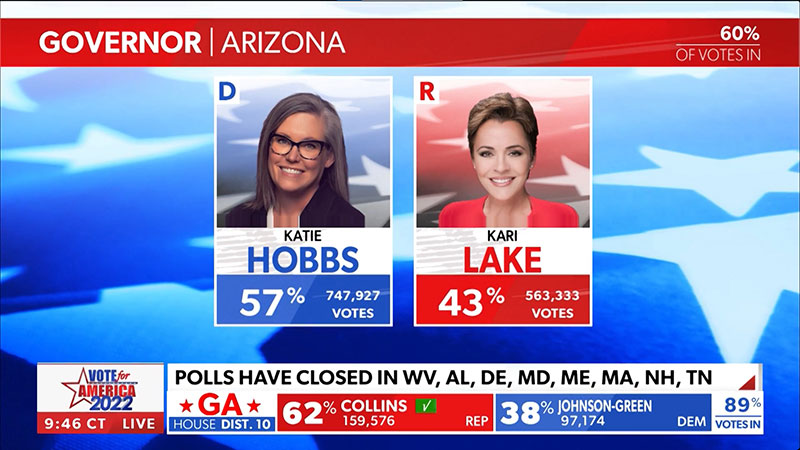
Ross Xpression
GCxN is integrated with Globecast’s Backbone Network (GCBN), a managed fibre footprint. GCBN can transport and deliver content in many formats such as ASI, IP, Ethernet, SDI, HD-SDI and J2K. Designed with redundant paths and ring architectures, the service maintains reliable worldwide transport for broadcast content as far as possible.
Insights from the UK
Gary Champion, Head of Production for Globecast, remarked that the UK general election held in July 2024 also gave insights into how advances in media production and broadcasting are playing out during major electoral events. “Even though fewer on-site SNG trucks and resources were used, remote production, IP connectivity and bonded cellular systems made rapid adjustments possible and supported scalability during the elections,” he said.
Integrity
Paul Calleja, CEO of GlobalM, makes an essential point about our responsibility to maintain the integrity of news, especially given the rise of election misinformation. He comments that growing pressure to deliver breaking news quickly and speed up reporting, whether it’s through traditional methods or crowdsourcing content from mobile journalists, raises concerns about accountability.
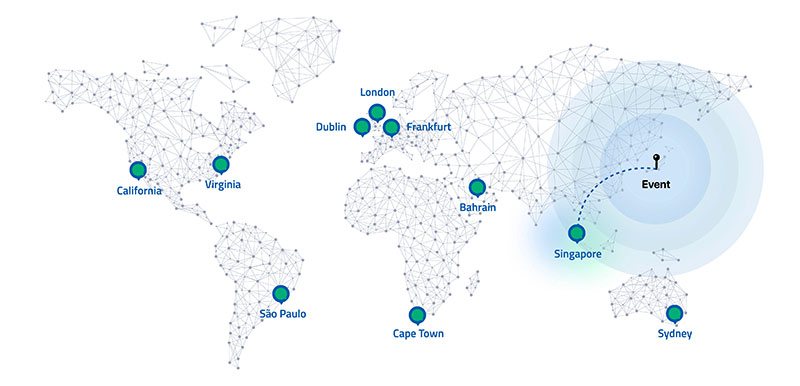
GlobalM's services network map.
To handle these challenges, GlobalM’s network technology and techniques like geopositioning have become useful ways to ensure trusted, verified sources are used, and that content can be managed securely across multiple endpoints upholding broadcast standards.
“When a user is deploying the GlobalM mobile app, which is used to provision the company’s network services, their location services must be on and transmitting their exact location,” Paul said. “This means that a freelance reporter can't hide their location, and we have a true indication that the story is originating from where it is said to be coming from. The newsroom can see on a map where the journalists are.”
The transition to cloud-based services and tools, remote production capabilities, virtual graphics and new connectivity options has transformed the landscape of live broadcasting. Overall, these developments create a more interactive, approachable election night experience for audiences, as well as show a trend toward agility and efficiency in broadcasters’ media operations.








